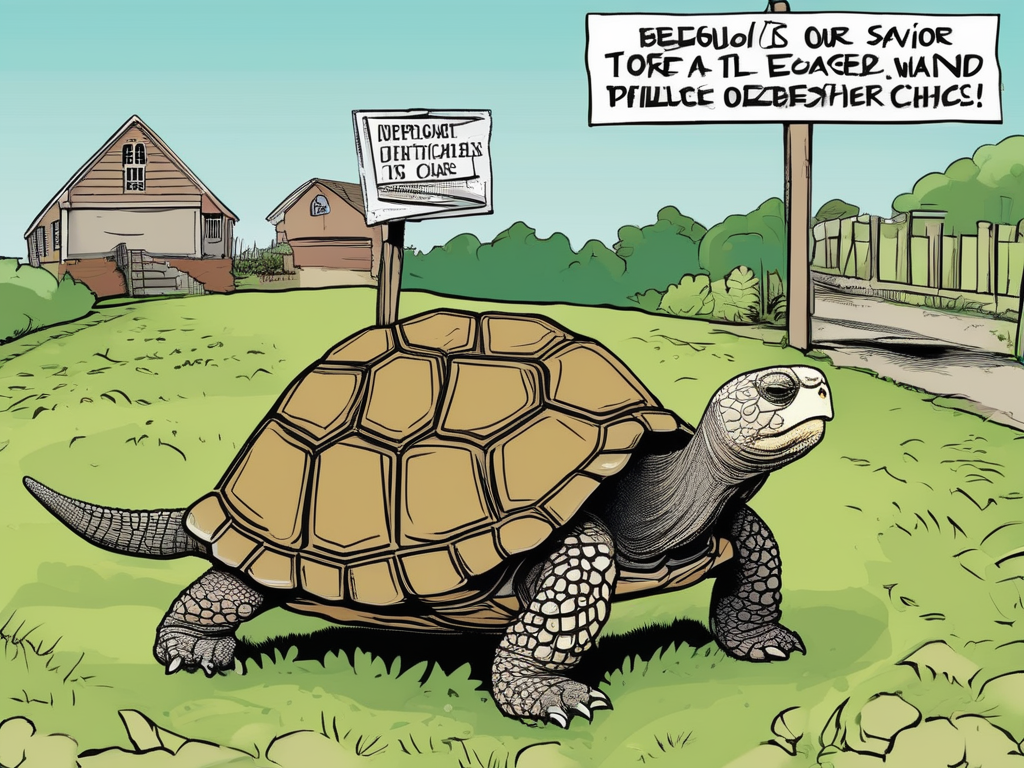
## Behold, Our AI Savior (and its Tortoise Obsession)
Seriously? A tortoise? An *escaped tortoise* necessitated a police chase in North Canton, Ohio? I’m already picturing the dispatch log: “Officer down! Suspect… slow-moving reptile. Estimated velocity: glacial.” And the officers involved? Bless their hearts, they responded with all the urgency normally reserved for bank robberies and rogue ice cream trucks. You can just *feel* the adrenaline pumping as they cautiously maneuvered their cruisers alongside a shelled menace inching its way across a suburban lawn.
It’s profoundly fitting that this ridiculous scenario should become inextricably linked to these… language models. Because, let’s be honest, the level of dedicated resources poured into creating entities capable of generating poetry about sunsets and summarizing tax law is precisely equivalent to deploying police officers on a tortoise pursuit. We have *vast* computational power at our disposal – enough to theoretically solve world hunger or develop interstellar travel – and we’re using it to build digital parrots that can, with varying degrees of accuracy, pretend to be human.
And now these systems are supposed to save us? To usher in a new era of efficiency and problem-solving? Apparently, their primary function is to generate narratives about shelled reptiles evading law enforcement. I bet if you prompted it to “write a story about global climate change,” it would start with a detailed description of a tortoise’s shell pattern and end with a poignant reflection on the importance of slow, steady progress.
Truly, we are living in peak absurdity. A slow-motion chase, a shelled escape artist, and an AI that probably *wants* to write about both. The future is here, folks, and it’s remarkably underwhelming.